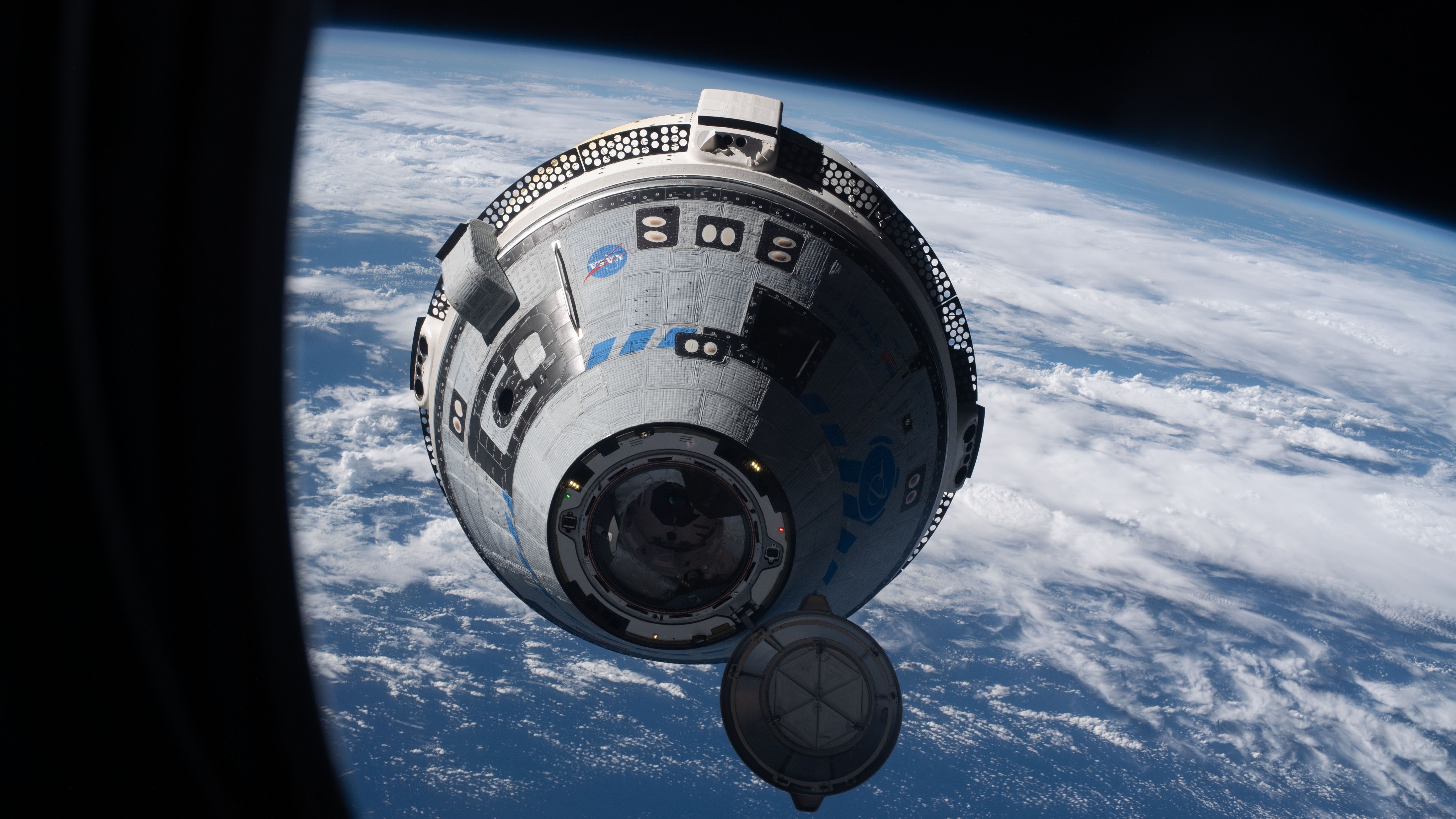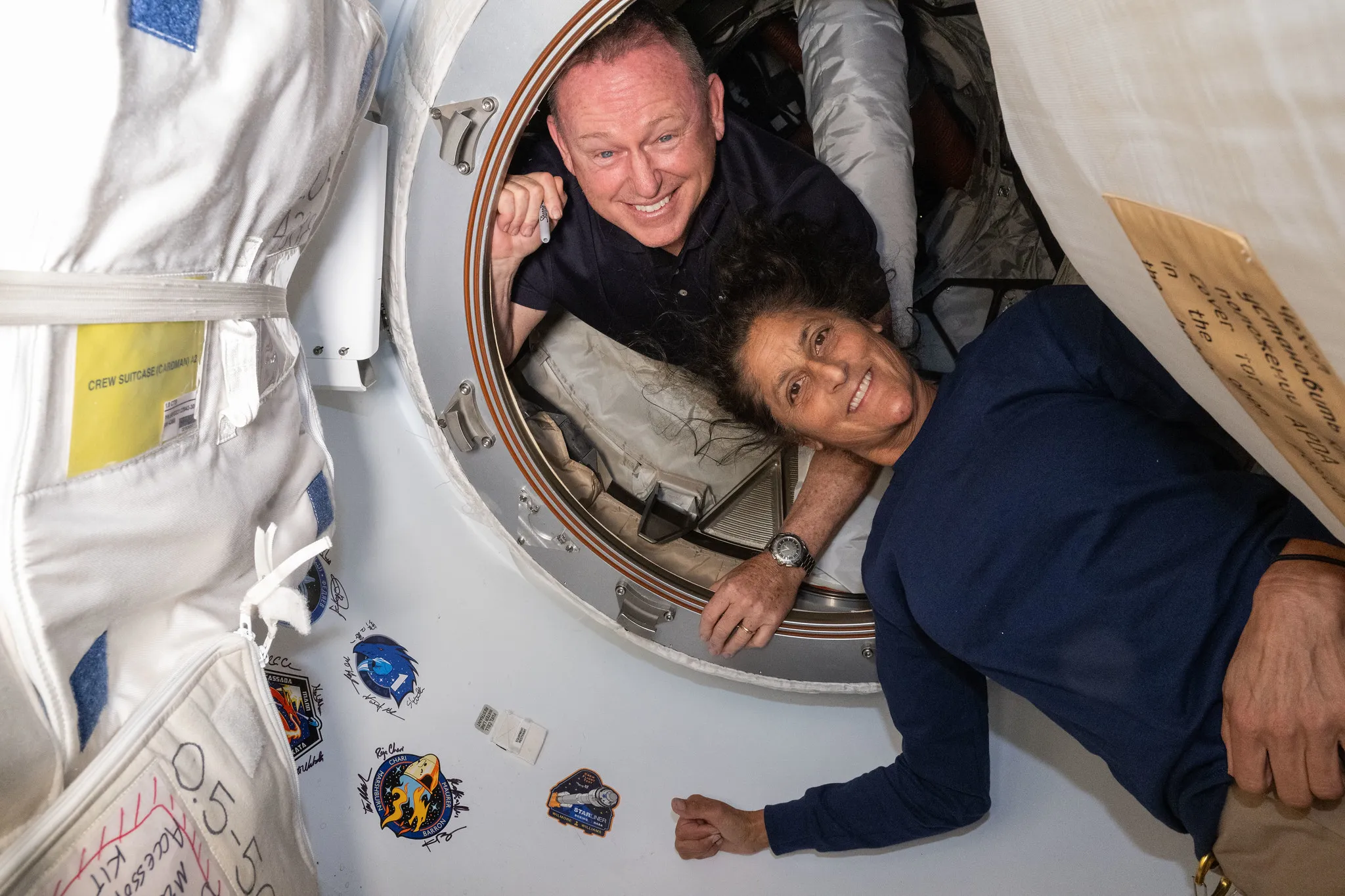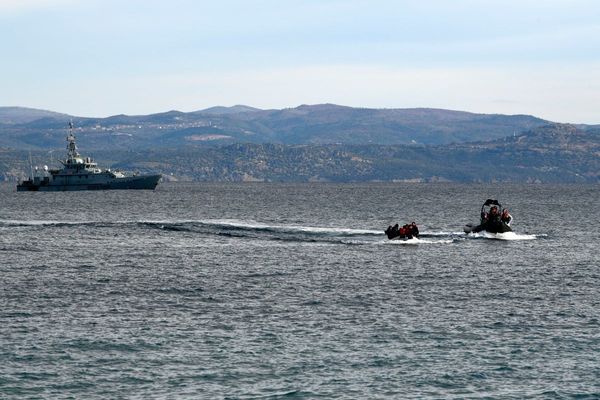
NASA's two stranded astronauts will be brought home from the International Space Station (ISS) on a SpaceX vehicle in February 2025, leaving the faulty Starliner spacecraft that took them there to return without a crew, the agency has said.
The announcement, made at a news conference on Saturday (Aug. 24), is the final nail in the coffin for Boeing's first Starliner Crew Test Flight, whose astronauts Butch Wilmore and Sunita "Suni" Williams have been stuck aboard the ISS since June, waiting for NASA officials to assess several technical issues that appeared during Starliner's voyage to space.
Originally planned to last as few as eight days, the first crewed test flight of Boeing's spacecraft was marred by numerous helium leaks and thruster faults on its outward leg, delaying its return by more than two months.
Now, following an agency-wide review, NASA has decided that there is too much uncertainty for the spacecraft to safely bring its crew home.
"NASA has decided that Butch and Suni will return with [SpaceX's] Crew-9 next February, and that Starliner will return uncrewed," NASA Administrator Bill Nelson said at a news conference on Aug. 24. "I want you to know that Boeing has worked very hard with NASA to get the necessary data to make this decision. We want to further understand the root causes and understand the design improvements so that the Boeing Starliner will serve as an important part of our assured crew access to the ISS."
Starliner blasted off on its inaugural crewed test flight from Florida's Cape Canaveral Space Force Station on June 5. But not long after entering orbit, a number of faults appeared on the spacecraft — including five helium leaks and five failures of its reaction control system (RCS) thrusters.
This forced engineers to troubleshoot issues from the ground. Tests conducted at Starliner's facility in White Sands, New Mexico, revealed that during the spacecraft's climb to the ISS, the teflon seals inside the five faulty RCS thrusters likely got hot and bulged out of place to obstruct the propellant flow, according to NASA.

A hotfire test conducted while the craft was docked to the ISS on July 27 showed the thrust was back at normal levels, but NASA engineers were still concerned that the problem could reappear during the craft's descent back to Earth. They were also worried that the helium leaks could knock out some of the craft's orbital maneuvering and attitude control system (OMAC) thrusters, which maintain the spacecraft on a safe flight path.
"There was just too much uncertainty in the prediction of the thrusters," Steve Stich, the program manager for NASA's Commercial Crew Program, said at the news conference. "If we had a way to accurately predict what the thrusters would do for the undock and all the way through the deorbit burn and through the separation sequence, I think we would have taken a different course of action."
NASA's new plan is to bring the astronauts home aboard a SpaceX Dragon capsule instead. The vehicle will be sent to the ISS on Sept. 24 carrying members of the ISS's Crew-9, who will take over from the current Crew-8 aboard the space station. Instead of Crew-9's usual four-person crew, two astronauts will go to the ISS to leave space for Wilmore and Williams to return in February 2025.
The Starliner capsule is expected to undock from the ISS and make a controlled, uncrewed descent back to Earth in early September, NASA said.
Boeing built the Starliner capsule as a part of NASA's Commercial Crew Program, a partnership between the agency and private companies to ferry astronauts into low Earth orbit following the retirement of NASA's space shuttles in 2011. The company has so far spent roughly $1.6 billion to address numerous setbacks in the development of Starliner, putting its long-term involvement in NASA's program into question.
"We continue to focus, first and foremost, on the safety of the crew and spacecraft," Boeing said in a statement posted on X on Saturday. "We are executing the mission as determined by NASA, and we are preparing the spacecraft for a safe and successful uncrewed return."







